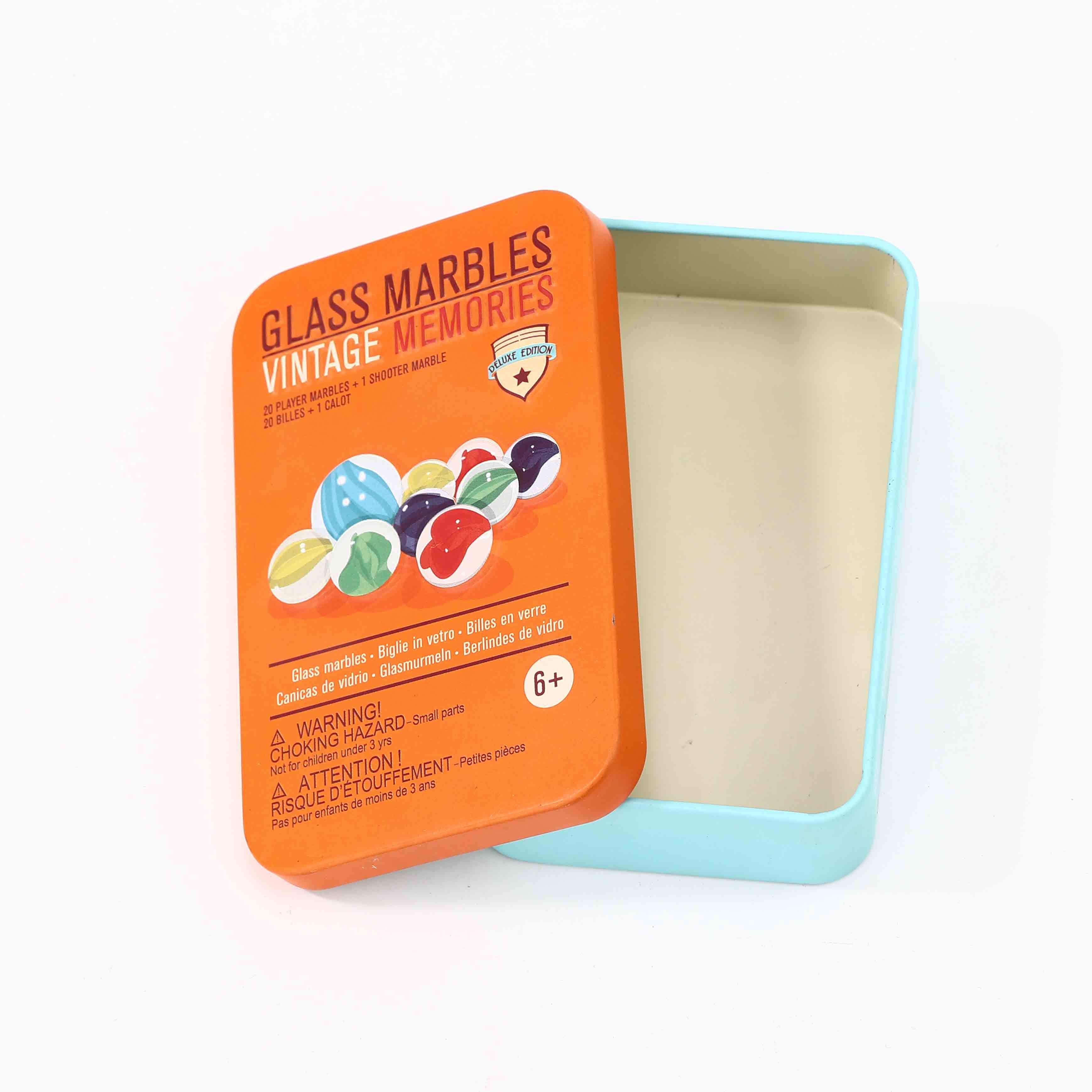Nov . 08, 2024 00:30 Back to list
Painting Services for Tin Cans and Other Metal Surfaces
Understanding Paint Service for Tin Cans A Detailed Guide
In the world of manufacturing and packaging, tin cans stand out as versatile and durable containers. Their ability to protect contents from environmental factors makes them a preferred choice across various industries, including food and beverage, cosmetics, and chemicals. However, the aesthetics of these tin cans are equally important, as they influence consumer perceptions and drive purchasing decisions. This is where paint services for tin cans come into play.
The Importance of Paint on Tin Cans
Painting tin cans serves several purposes. Firstly, it enhances the visual appeal of the can, allowing brands to create a strong market presence. Colorful and well-designed cans can attract attention and convey valuable information about the product inside. Secondly, paint can provide an additional layer of protection to the can's surface. Certain paint formulations can help resist corrosion and rust, ensuring that the tin can maintains its integrity over time. Lastly, paint can offer a means of branding, as companies often use specific colors and designs to represent their identity and values.
Types of Paint Used
When considering paint services for tin cans, it’s essential to understand the types of paint commonly used. There are generally three categories of paint used in this process
1. Water-based Paints These paints are environmentally friendly and offer excellent adhesion. They dry quickly and are easy to clean up, making them a popular choice for large production runs. Water-based paints are typically used for interior applications, while their resistance to fading makes them suitable for exterior surfaces as well.
2. Solvent-based Paints Known for their excellent durability and resistance properties, solvent-based paints are ideal for metal surfaces like tin cans. They provide a strong protective barrier against moisture and corrosion. However, the environmental impact of solvent-based paints is greater than that of their water-based counterparts.
3. Epoxy Paints Epoxy paints are known for their outstanding durability and chemical resistance, making them ideal for industrial applications. These paints cure to a hard finish and can withstand harsh environments, adding an extra layer of protection to tin cans used for chemicals or aggressive substances.
The Painting Process
The painting process of tin cans involves several steps
. Here’s a breakdownpaint on tin can service

1. Cleaning Before paint application, cans must be thoroughly cleaned to remove any contaminants such as grease, dust, or rust. This ensures that the paint adheres correctly and delivers an even finish.
2. Priming Applying a primer can improve paint adhesion and enhance the overall durability of the finish. Primers are particularly essential for providing an even surface, especially when using solvent-based paints.
3. Painting The actual painting can be carried out using various methods, including spray painting, roller application, or screen printing. Each method has its advantages, with spray painting often being favored for its speed and uniformity.
4. Curing Once painted, cans often undergo a curing process. This step is vital to ensure that the paint dries properly, creating a strong, long-lasting bond between the paint and the can surface.
5. Quality Control Finally, after the painting and curing process, cans are inspected for quality. This step ensures that any defects, such as scratches, uneven paint, or blemishes, are identified and addressed.
Choosing a Paint Service Provider
When selecting a paint service provider for tin cans, several factors should be considered
- Experience and Expertise Look for providers with a solid track record and proven expertise in metal can painting. - Environmental Practices Given the environmental implications of paint production and application, it’s important to choose a provider that adheres to sustainable practices. - Customization Options Many brands require specific colors and designs, so finding a provider that offers customization can be beneficial. - Quality Assurance Ensure that the provider has stringent quality control measures in place to maintain high standards.
Conclusion
Paint services for tin cans play a crucial role in enhancing appearance, protecting contents, and building brand identity. Understanding the types of paint used, the painting process, and how to choose a suitable service provider can help businesses make informed decisions that ultimately lead to better products and customer satisfaction. Whether in the food sector, cosmetics, or chemicals, the right paint service can elevate a tin can from a simple container to a compelling part of a product’s marketing strategy.
-
Custom Large Metal Box Manufacturers: Durable & Reliable Solutions
NewsAug.08,2025
-
Large Metal Box Manufacturers - Custom & Durable Solutions
NewsAug.07,2025
-
Durable Large Metal Box Manufacturers | Custom Solutions
NewsAug.06,2025
-
Large Metal Box Manufacturers | AI-Powered Solutions
NewsAug.05,2025
-
Leading Large Metal Box Manufacturers | Custom Solutions
NewsAug.04,2025
-
Top Steel Pail with Lid Manufacturers | Rust-Proof
NewsAug.03,2025




















